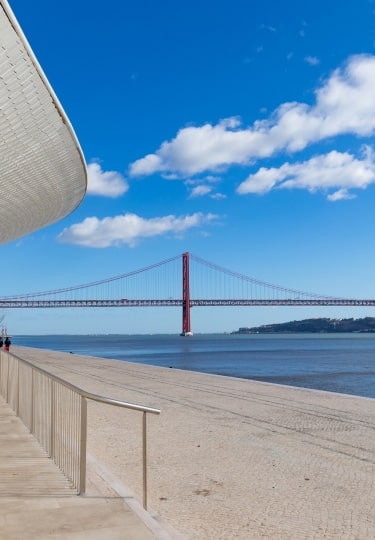Portugal’s charismatic coastal capital is an open-air art gallery. From the mesmerizing azulejos (hand-painted tiles) to historical buildings, strolling the storied streets will bring the city’s past to life. For a deeper dive, though, you’ll want to venture beyond the striking facades and visit some of the best museums in Lisbon.
Many buildings housing Lisbon’s top museums are artworks in themselves. Renovated convents, opulent palaces, and futuristic architecture provide unforgettable settings for the city’s best cultural institutions.
Whether you’re seeking insight into Portuguese traditions, or want to admire the works of the nation’s finest artists, these are the best museums in Lisbon to visit.
Museu Nacional do Azulejo
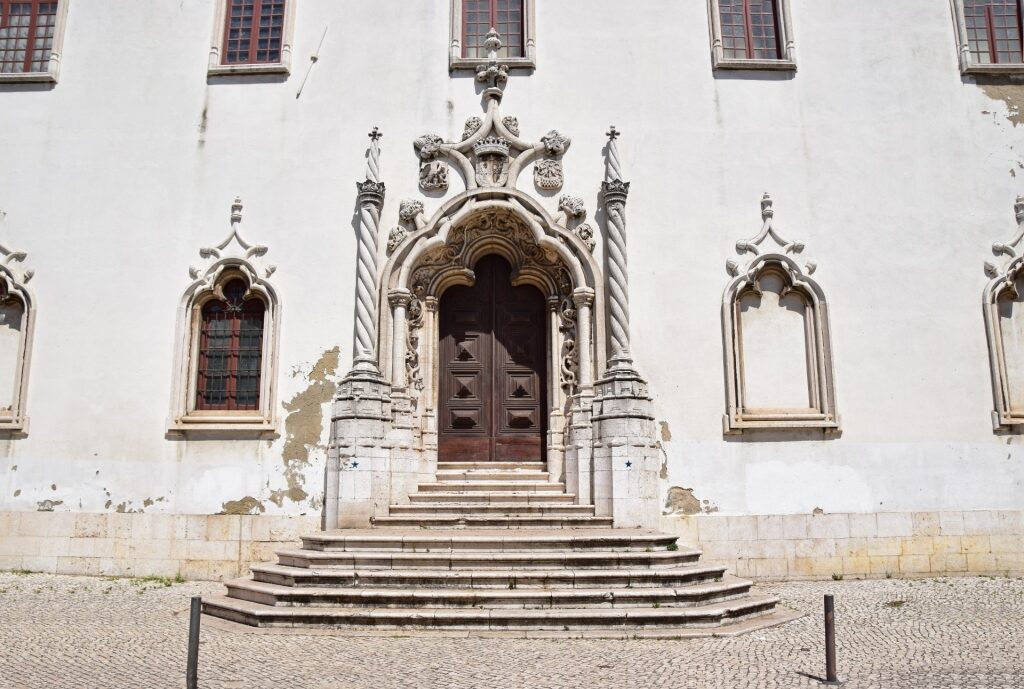
Museu Nacional do Azulejo
Honoring one of Portugal’s most iconic artistic and architectural styles, the monumental National Tile Museum is dedicated to azulejos, Portugal’s dazzling, hand-painted ceramic tiles.
For centuries, these glazed tiles have been a staple decoration—and storytelling form—of Portugal’s most important buildings, making the 16th-century Madre de Deus Convent a fitting home to one of the best museums in Lisbon.
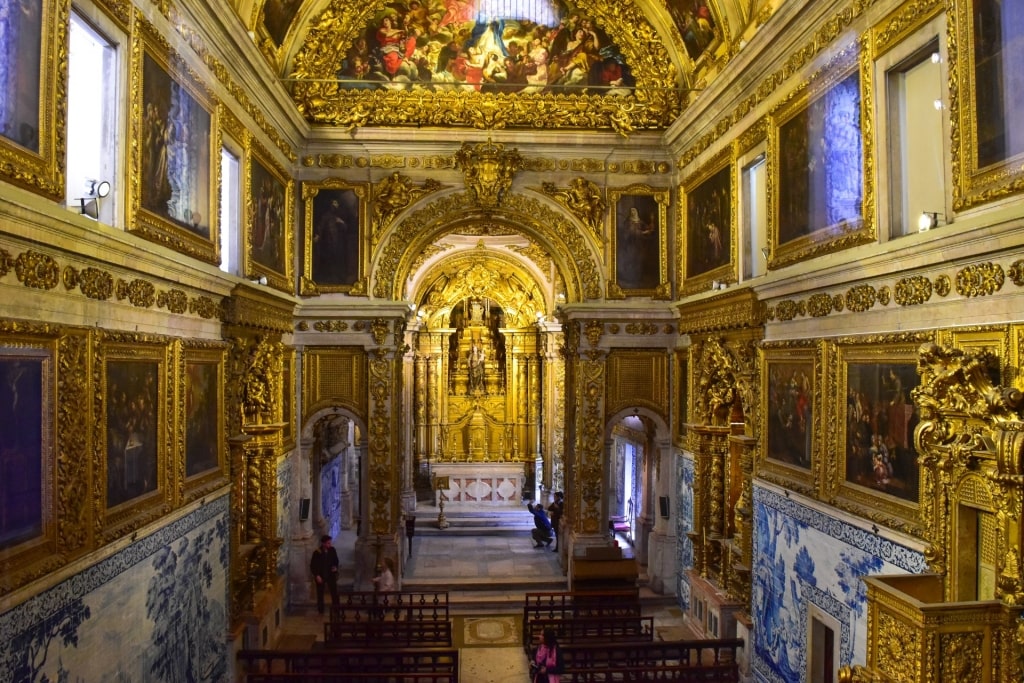
Museu Nacional do Azulejo Photo by Naval S on Flickr, licensed under CC BY 2.0
Inside, you’ll not just see and learn about azulejos through the ages—from their first 13th-century incarnation hailing from the Arabic word azzelij to more modern evolutions—but also sight in situ examples.
Highlights of the collection include the convent’s ornate chapel, complete with gilded ceilings, azulejo panels, and portraits of royalty, and the expansive 18th-century blue and white cityscape of Lisbon.
Read: How to Spend 3 Days in Lisbon
Museu do Oriente
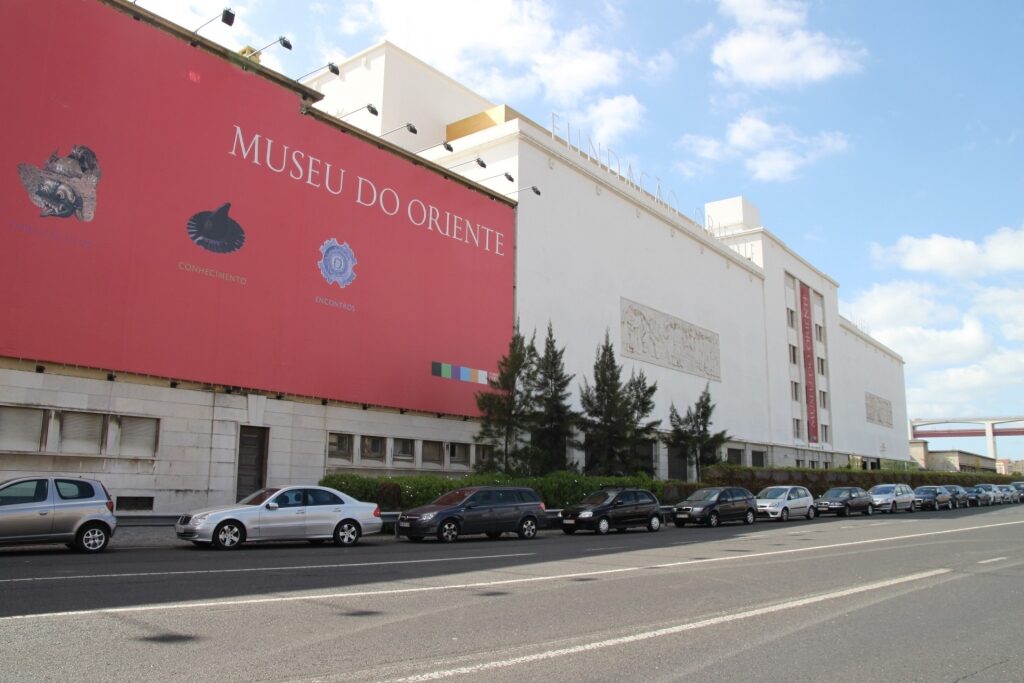
Museu do Oriente Photo by João Carvalho on Wikimedia Commons, licensed under CC BY-SA 3.0
The Museum of the Orient is one of the best museums in Lisbon, and indeed Europe, to learn more about Asian art and culture, particularly during the period of European colonization.
Over two vast floors, you’ll appreciate a curated selection from the 17,000-plus collection, the oldest pieces dated to 3,000 BC.
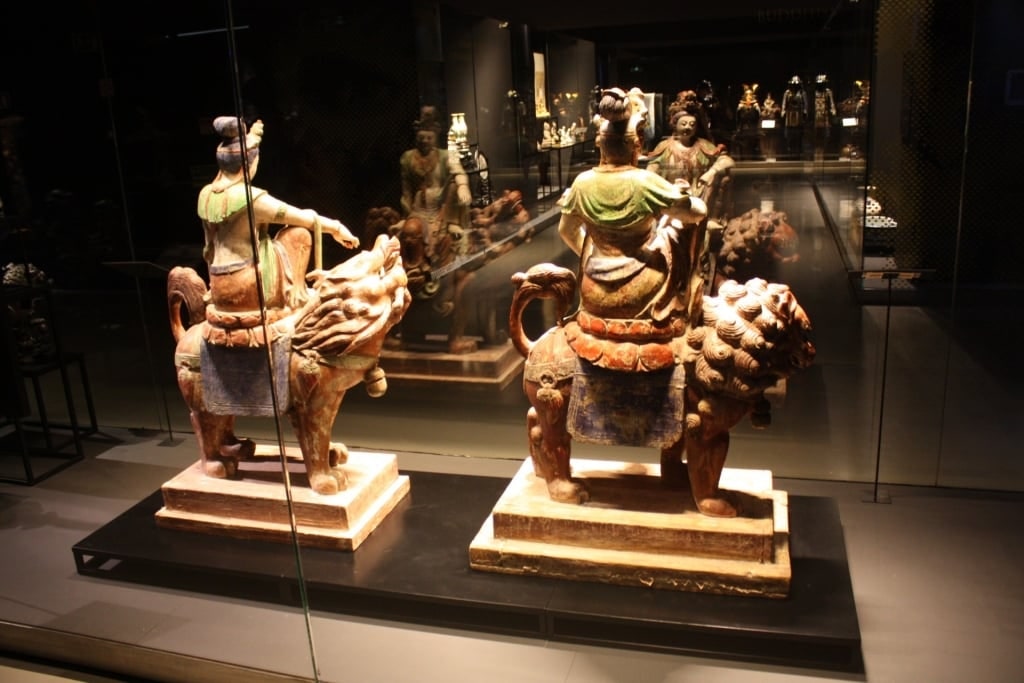
Museu do Oriente Photo by Reis Quarteu on Wikimedia Commons, licensed under CC BY-SA 4.0
On the ground level, the permanent exhibition focuses on Portuguese presence in Asia, highlighting articles from ex-colonies and trading ports in nations such as India, Macau, Timor-Leste, and Japan. You’ll find intricate porcelain works, embellished furniture, and ivory artifacts adorning display cabinets.
Some of the museum’s finest pieces are from the Kwok On collection, mainly anchored on cultural practices, such as Indian narrative masks and Taoist-sculpted puppets.
Temporary exhibitions draw inspiration from a rotating selection of themes and private items on loan to the Museum. Displays can be as varied as modern-day photojournalists sharing a lens on a particular culture to highly valued private chinaware collections.
Quake—Lisbon Earthquake Centre
For in-depth insights into the devastating earthquake of 1755 which left Lisbon in ruins, head to Quake, a new addition to the Belém neighborhood’s ever-growing museum scene.
Offering an interactive experience, the museum doesn’t just tell you about those harrowing days which permanently reshaped Lisbon, and indeed Portugal, but helps take you there.
Through reconstructions of Lisbon’s streets pre-earthquake, seismic simulations, and the chance to “witness” the devastation, the guide-led experience is both informative and immersive.
Learnings and seismic studies are also presented in language understandable for both teenagers and adults, imparting a greater understanding of Lisbon’s most tragic event and natural disasters in general.
Museu do Fado
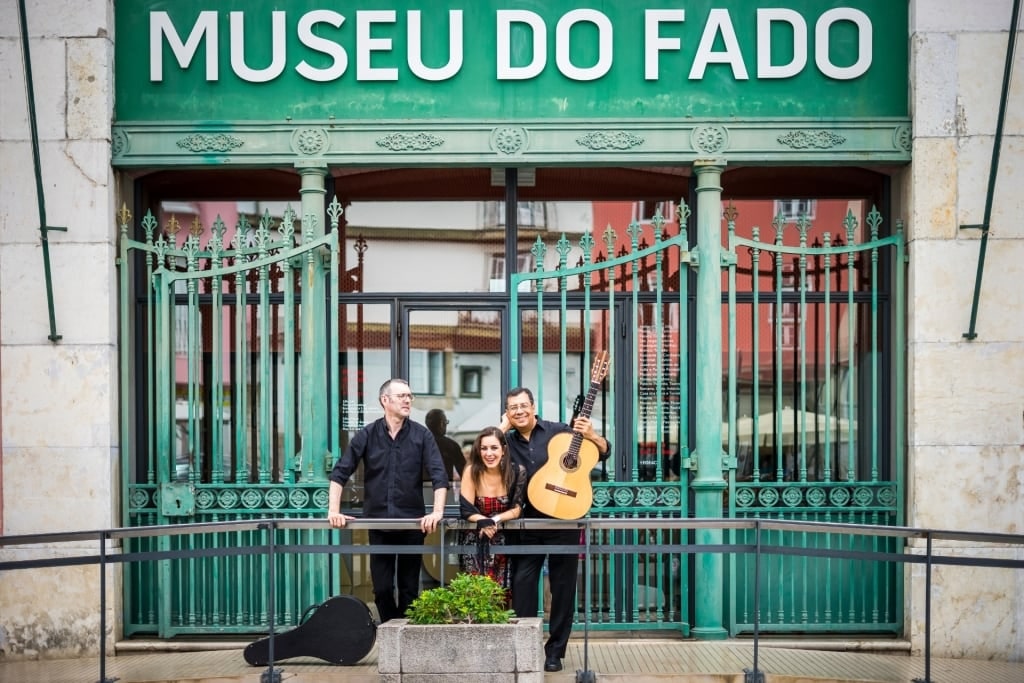
Museu do Fado
As you walk the streets of some of the best neighborhoods in Lisbon, Alfama and Mouraria, the mesmerizing melody of Portugal’s fado often floats in the air.
Melancholic and haunting, this is Portugal’s most famed musical genre, with its roots in social-political discourse and a unique nostalgia that longs to be understood. To visit Lisbon’s Fado Museum is to learn about Portugal’s soul.
Providing insight into the how, why, what, and who—particular attention is given to Amália Rodrigues, the ‘Voice of Portugal’—the space will help you uncover this musical form.
Multimedia and audio feature heavily; many would argue fado is something you feel rather than understand. Factual information, meanwhile, paints a picture as to why fado houses and the art form have touched the feelings of many city residents.
Casa-Museu Amália Rodrigues

Casa-Museu Amália Rodrigues
If the Museu do Fado has piqued your interest in this hauntingly beautiful genre that Portugal is famous for, then your second port of call should be across town at the Amália Rodrigues Foundation.
Rodrigues was known as the “Rainha do Fado” (Queen of Fado), and this space, her former home, now celebrates that legendary status.
Guided tours help bring her memory to life through anecdotes and seeing her personal belongings. While it’s a small and intimate experience, it’s undoubtedly one of the best museums in Lisbon for die-hard fado fans.
MAAT (Museum of Art, Architecture, and Technology)
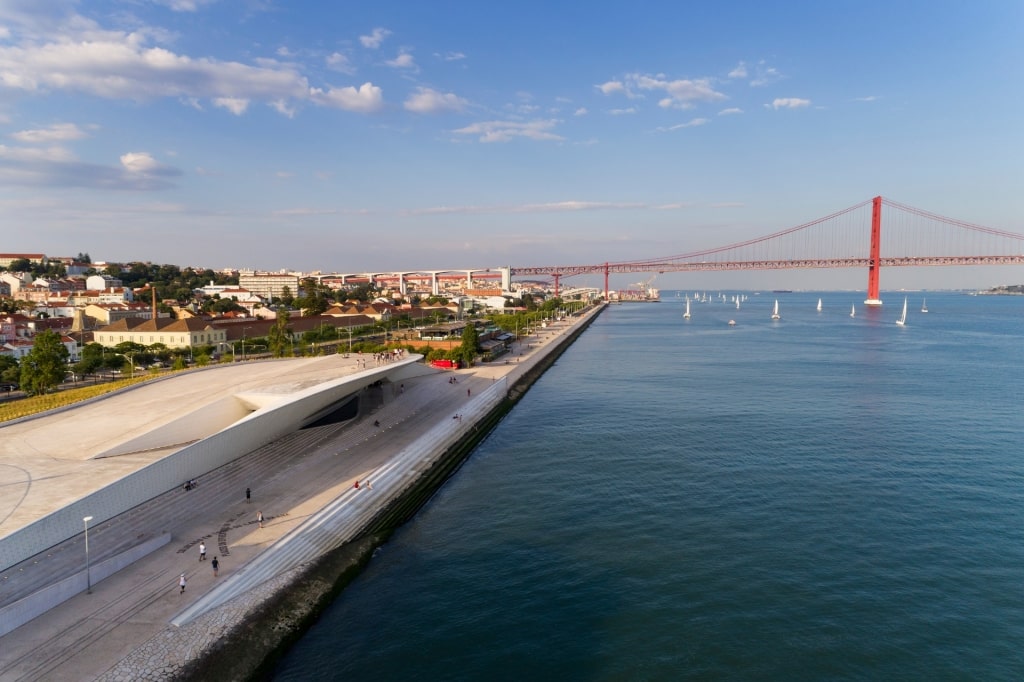
MAAT (Museum of Art, Architecture, and Technology)
Holding prime real estate on the Tagus River Bank, MAAT, inaugurated in 2016, is one of Lisbon’s most current cultural projects.
The campus spreads across two buildings—the former Central Tejo power station and the modern MATT building, a low-slung spaceship-like setting that rises from the embankment.
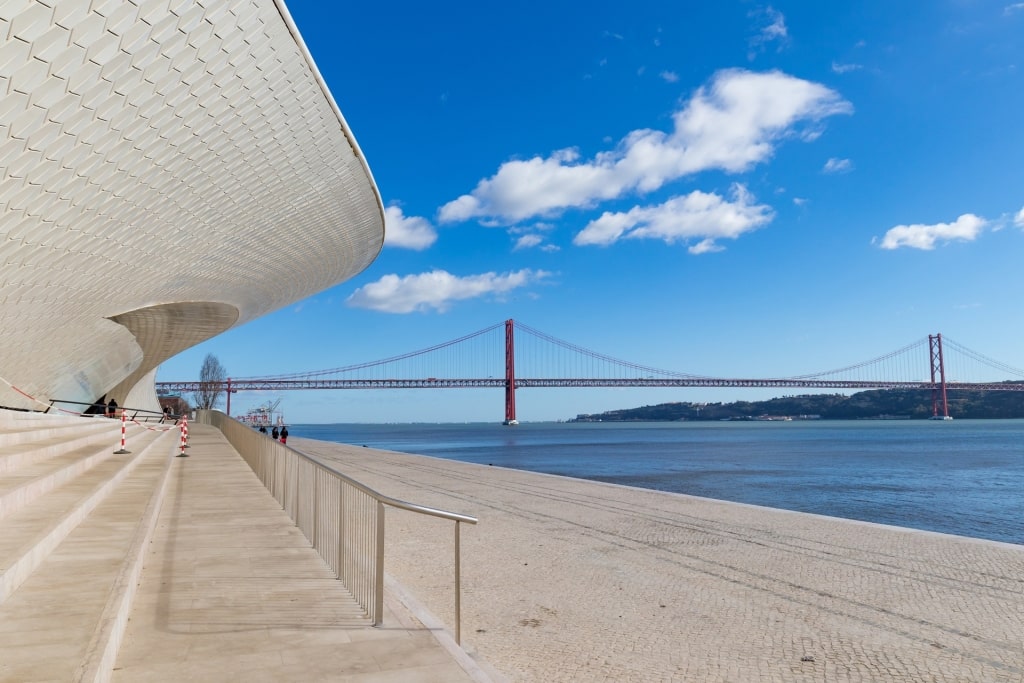
MAAT (Museum of Art, Architecture, and Technology)
Inside the purpose-built space, multimedia-rich art exhibitions highlight the best contemporary works from Portuguese and international artists. The themes are varied, covering anything from social commentary and human rights to architecture and design.
Next door, in the often-skipped power station, the evolution of electricity takes center stage. With much of the original building preserved and converted into an interactive museum space, it’s a fascinating insight into the history of coal power and how cities such as Lisbon have adapted their power production over time.
Museu Calouste Gulbenkian
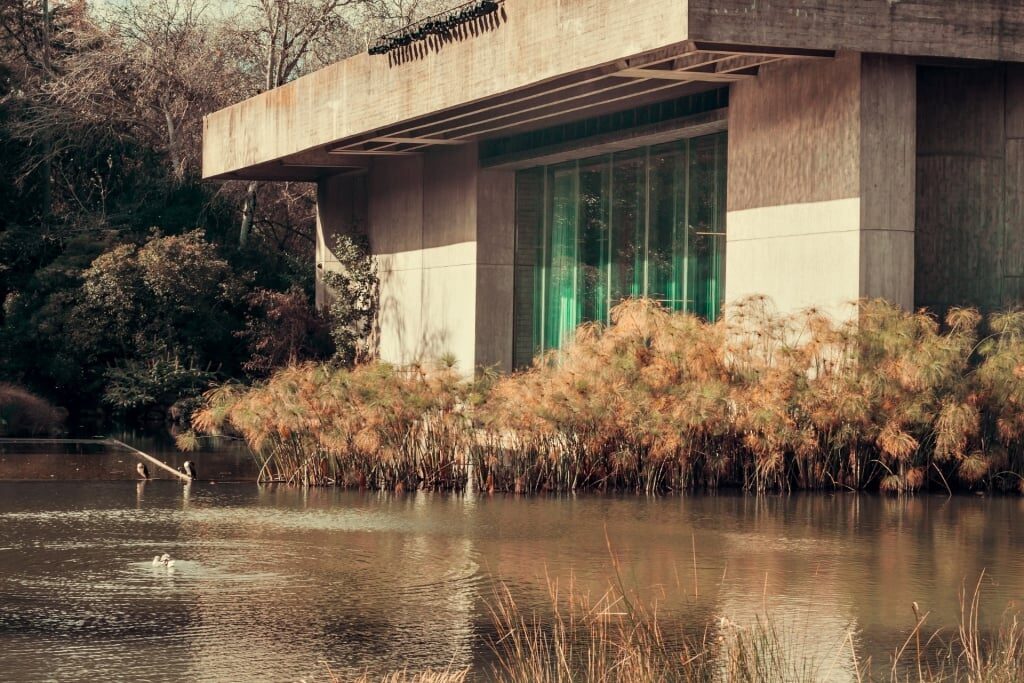
Museu Calouste Gulbenkian
Enveloped by an oasis-like park, the purpose-built Calouste Gulbenkian Museum has been celebrated as one of the best museums in Lisbon since its opening in 1969.
Displaying one of the most important private art and artifact collections in Portugal, some 6,000 varied works tell the story of civilizations from ancient times until more recent eras.
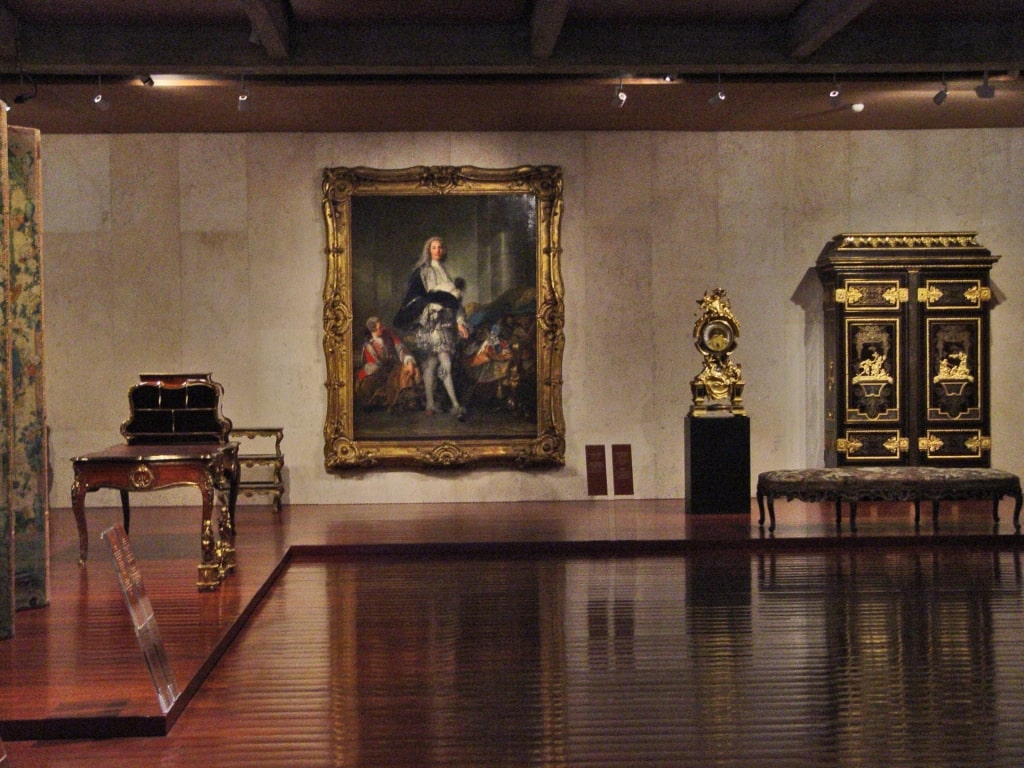
Museu Calouste Gulbenkian Photo by Alegna13 on Wikimedia Commons, licensed under CC BY-SA 3.0
Accumulated by art enthusiast Calouste Sarkis Gulbenkian, the collection is as international as his story. Born in Turkey, Gulbenkian later fled to Cairo before establishing himself in London, and later Paris.
During WWII, he relocated to Lisbon, which led to this captivating array of treasures being displayed in Portugal’s capital.
European masters are represented, yet the pieces from further afield are what makes the collection so compelling. Ancient Egyptian statues, embellished Greek vases, Perian carpets, Islamic ceramics, and Armenian manuscripts—this is a true labyrinth of global civilization.
Museu Nacional de Arqueologia
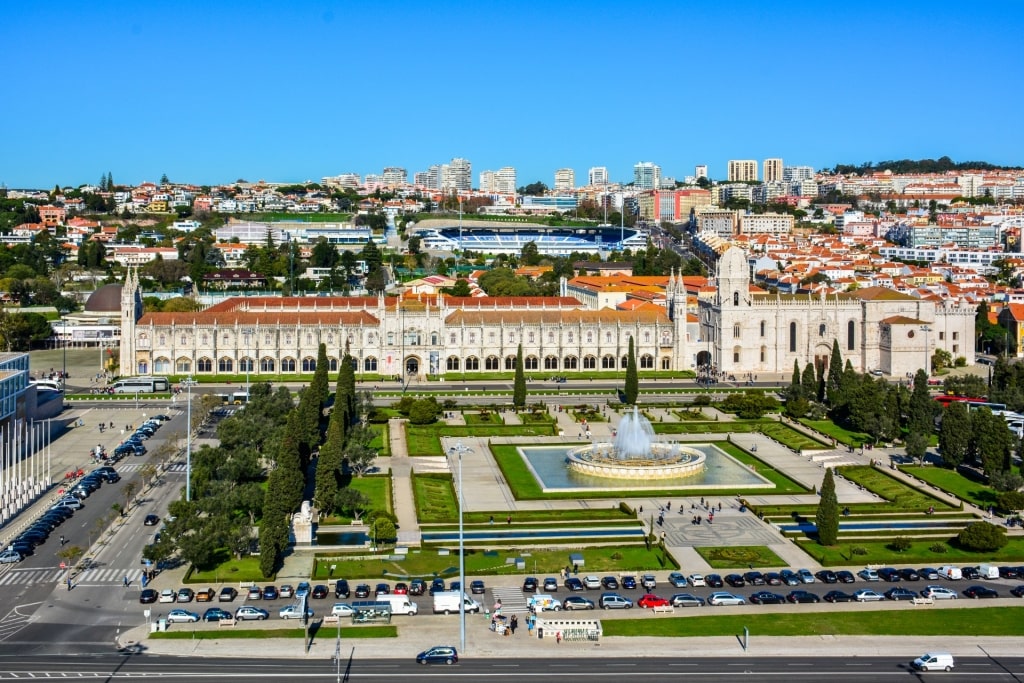
Museu Nacional de Arqueologia
Portugal’s National Archaeology Museum occupies the central section of the Jerónimos Monastery—one of the most beautiful places in Portugal—adding an architectural flair to the wealth of treasures.
Numerous archaeological finds are displayed, telling the history of the nation. From the Bronze Age to the Phoenicians, Visigoths, and Romans, you’ll learn about Portugal’s past through excavations and discoveries.
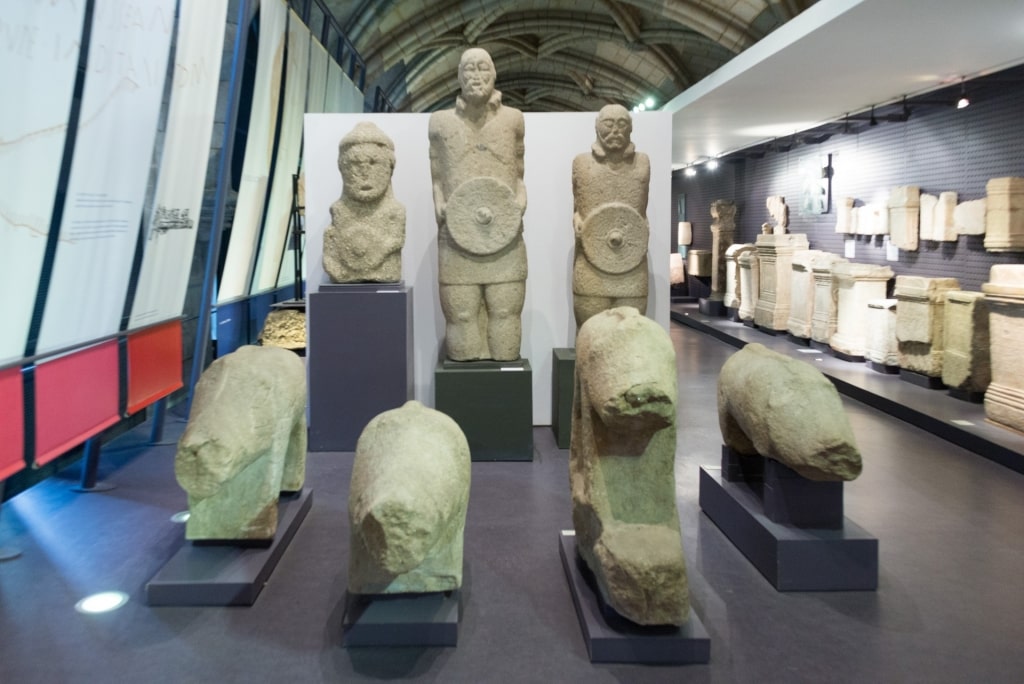
Museu Nacional de Arqueologia Photo by xiquinhosilva on Wikimedia Commons, licensed under CC BY-SA 3.0
While much is dedicated to archaeological digs in Portugal and the Iberian Peninsula, from ancient jewelry to coins and Roman mosaics, Egyptian antiquities are also well represented. With around 500 items in this part of the collection, including mummies, pottery, and prehistoric artifacts, the focus is on quality rather than quantity.
Museu de Marinha
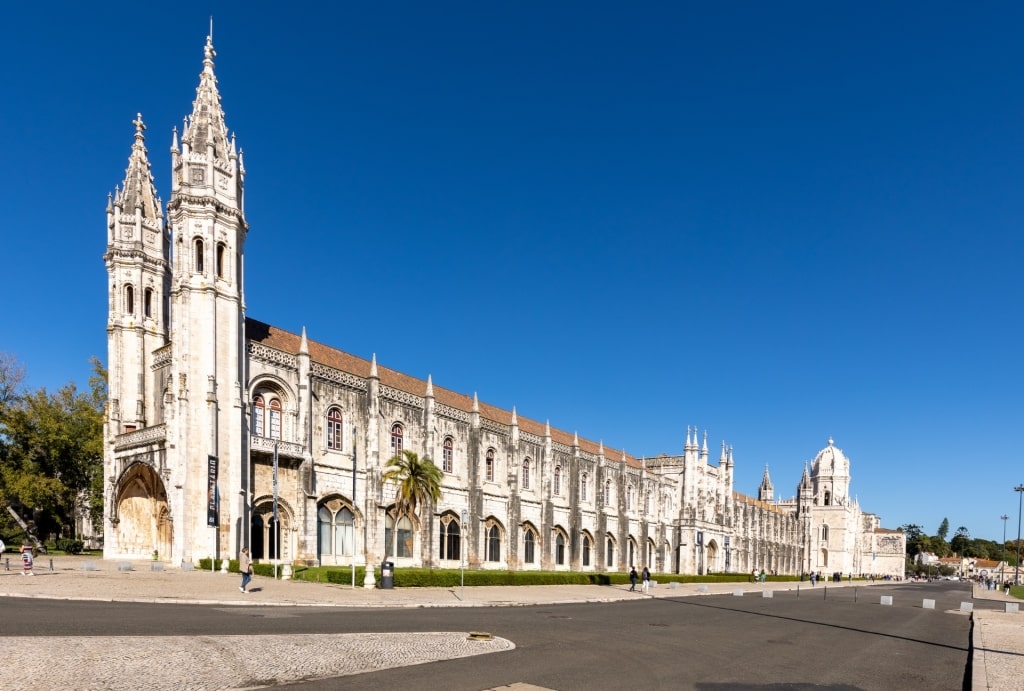
Museu de Marinha
Portugal’s seafaring past takes center stage at Lisbon’s Maritime (or Navy) Museum, an airy space at the far end of Jerónimos Monastery.
Dedicated to the nation’s naval exploits, there is a particular focus on the Age of Discovery, Portugal’s history-defining years of maritime exploration and colonial expansion.
Model and authentic ships, a record claiming seaplane, and stories of those key to the naval missions, such as Henry the Navigator, all feature in the over 15,000-strong nautical-themed collection. However, there is little acknowledgment of the country’s colonizing impact, nor the founding of the Atlantic slave trade.
MAC/CCB (Museum of Contemporary Art / Centro Cultural de Belém)
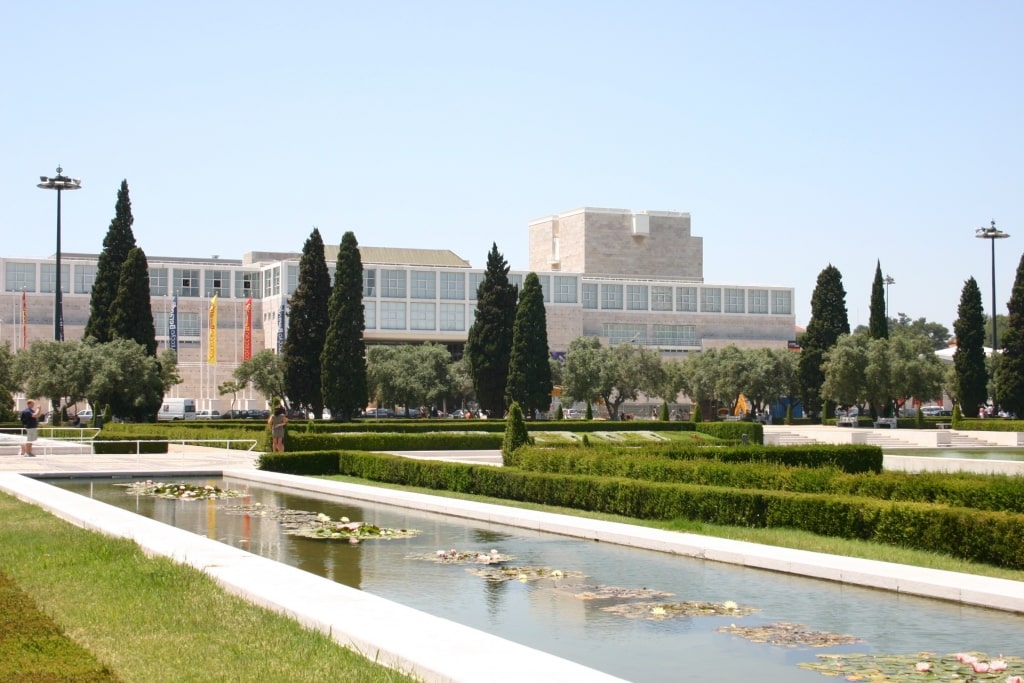
Centro Cultural de Belém
Since 2006, the intriguing and varied exhibitions of Museu Coleção Berardo have set a gold standard for modern and contemporary art displays in Lisbon.
However, as of January 2023, the space in Belém’s cultural district has been reborn under a new name, the MAC/CCB. While much of the private collection will remain in situ, it also opens the door to more works from beyond the private collection.

Centro Cultural de Belém
Minimalism, Modernism, and Avant-garde, though, will remain at the forefront of the Museum’s ethos, ensuring this remains one of the best museums in Lisbon for admirers of contemporary and Modern art.
Lisboa Story Centre
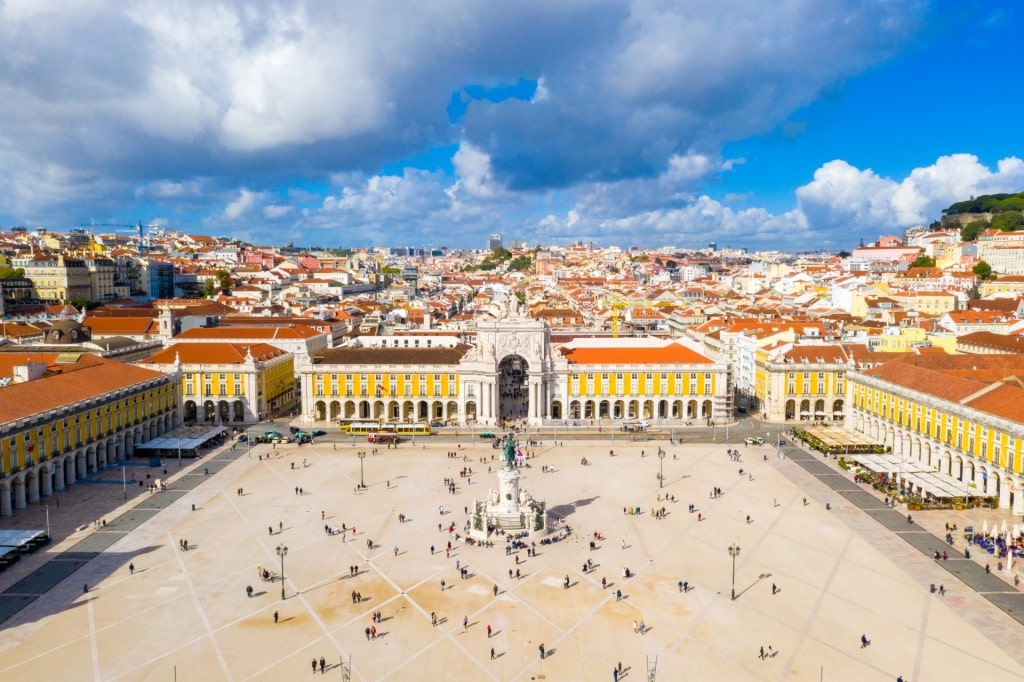
Lisboa Story Centre
In the heart of the downtown Baixa district, the Lisbon Story Center stands out from the trio of museums surrounding the grand Praça do Comércio. If you prefer to hear and see history rather than read about it, this is one of the best museums in Lisbon to visit.
Over one hour, you’ll embark on a multimedia journey through Lisbon’s history. All the significant moments, such as naval commerce and the earthquake, are briefly explored, with visual models, scenes, and video accompanying the audio-guide narrative.
Post-visit, head next door to Centro Interpretativo da História do Bacalhau for something a little more light-hearted. Inside the rather eclectic and entertaining space, you’ll gain insights into why Portugal’s beloved salted codfish has celebrity status on the nation’s menus.
Read: What to Eat in Lisbon
Museu Arqueológico do Carmo (Carmo Convent)

Museu Arqueológico do Carmo (Carmo Convent)
Carmo Convent has become something of a memorial to the great earthquake of 1755. While it’s been reconstructed in part, the decision was made to leave the roof arches exposed to the elements, leading the ruins to become one of Lisbon’s most popular attractions.
While this unique open-air appearance makes a visit so tempting, you’ll also find a compact archaeological museum at the rear of the building.
Featuring sarcophagi, ceramics, and glass-boxed mummies, the curious collection is small, eclectic, and intriguing, loosely linked by the theme of “salvaged items”.
Museu de Lisboa
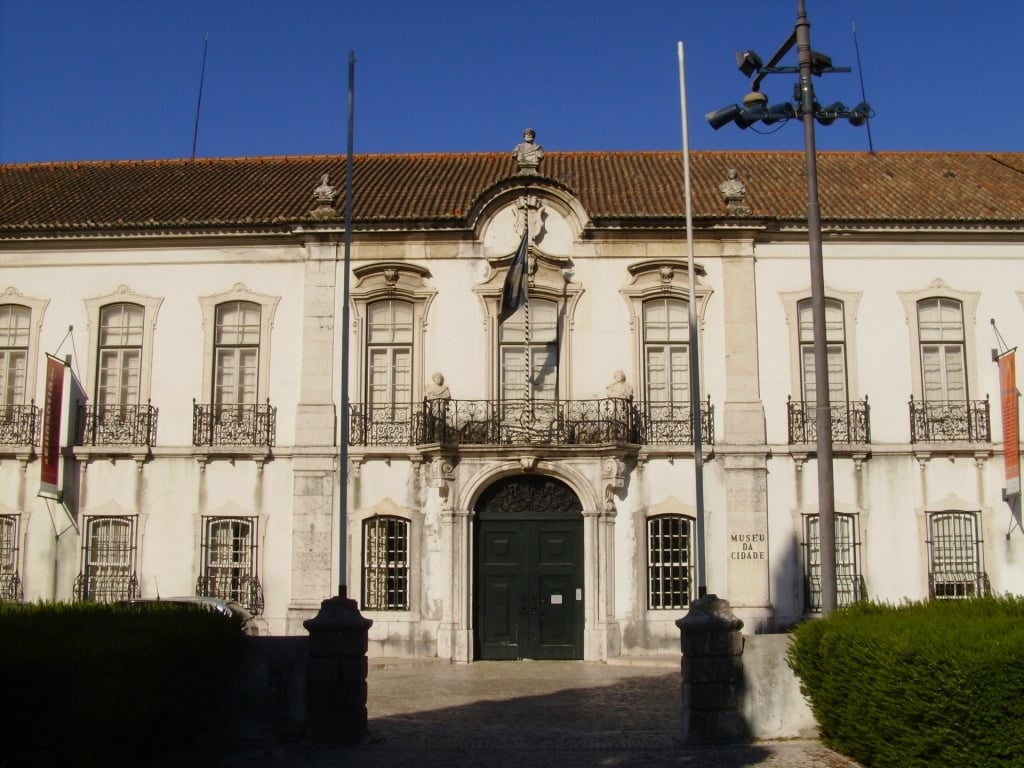
Pimenta Palace Photo by Carlos Luis M C da Cruz on Wikimedia Commons, licensed under CC0 1.0
The Museum of Lisbon’s setup is unique for a city institution. Rather than being a stand-alone setting, the museum is formed by a handful of cultural attractions, each adding another layer to the city’s story.
Combined, these five attractions create one of the best museums in Lisbon, although if you’re short on time, then the 18th-century Palácio Pimenta, which acts as the “nucleus”, is the most enlightening.
Tracing Lisbon’s chronology from prehistory to more recent times, particular focus is heeded to Portugal’s glory years.
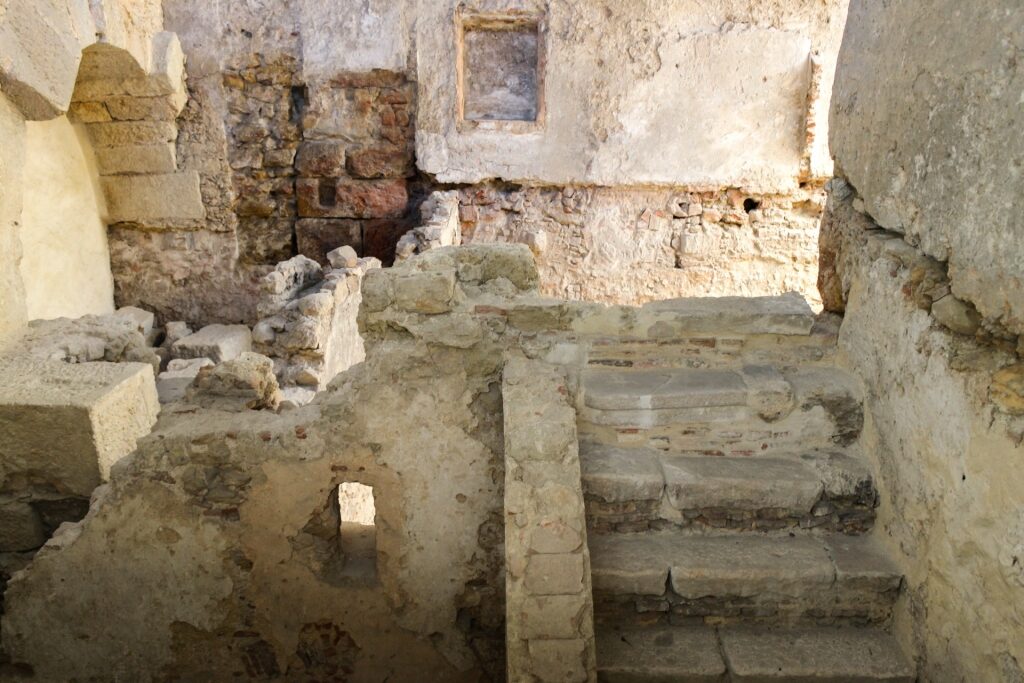
Roman Theater Museum
Across the other outposts, highlights include the Roman Theater Museum, containing archaeological discoveries from the 1st century AD, and Casa dos Bicos, with remains of the Roman wall. The latter also has a space dedicated to Portugal’s Nobel Prize-winning author, José Saramago.
Museu Nacional de Arte Antiga
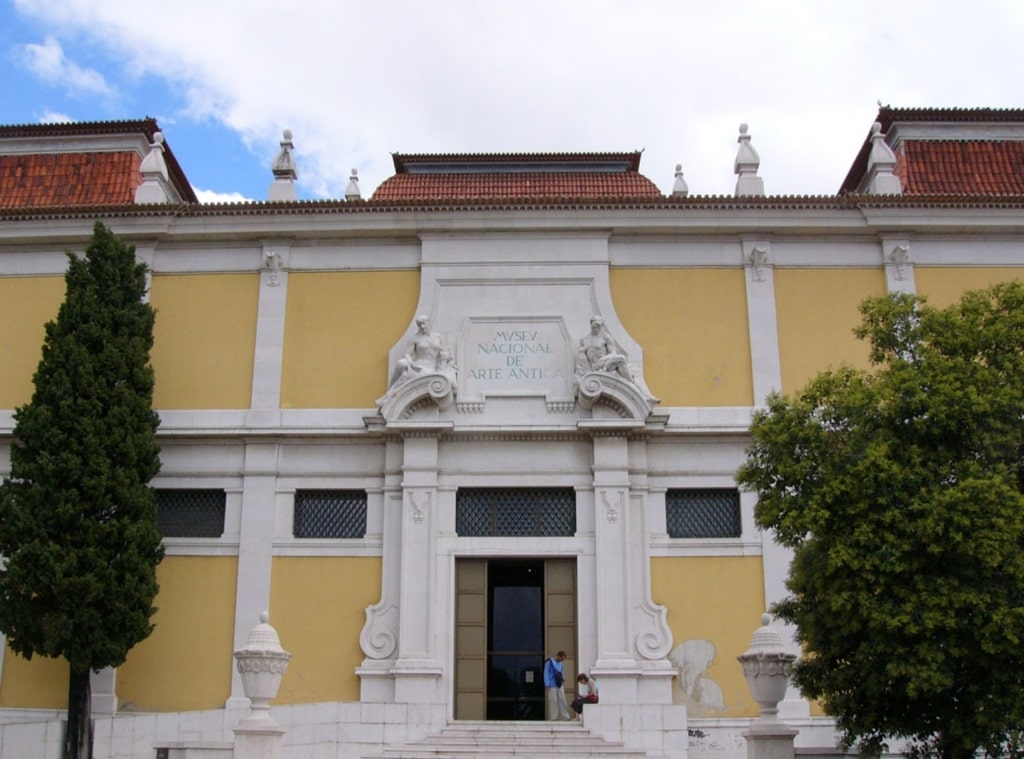
Museu Nacional de Arte Antiga Photo by GNU on Wikimedia Commons, licensed under CC BY-SA 3.0
Easily missed due to a not-quite waterfront location, Portugal’s National Museum of Ancient Art is well worth seeking out for one of Portugal’s most essential and significant cultural offerings.
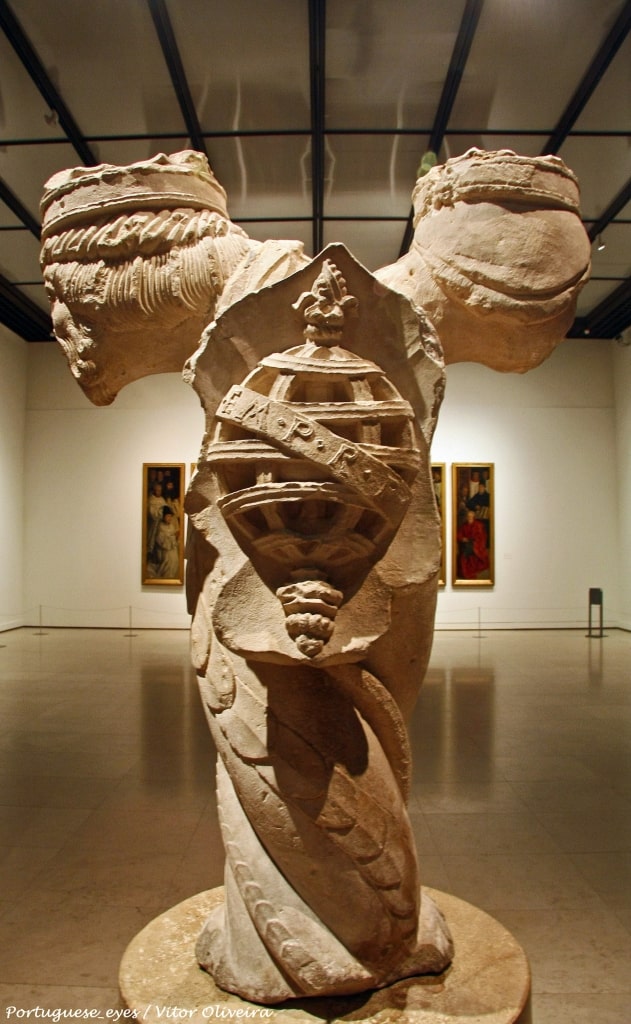
Museu Nacional de Arte Antiga Photo by Vitor Oliveira on Wikimedia Commons, licensed under CC BY-SA 2.0
Stepping inside the 17th-century Palácio Alvor, you’ll be greeted by a rich and varied 40,000-strong collection dating back as far as the middle ages. Canvases and panels from Portuguese and European masters, well-preserved ceramics, and religious sculptures are all represented in the permanent collection.
Oriental art from countries such as China and Japan—brought back from the Age of Discovery’s voyages—also feature. Equally interesting are the temporary exhibitions, which often delve into the museum’s archives or invite contemporary artists to share a curated experience.
Museu Nacional dos Coches
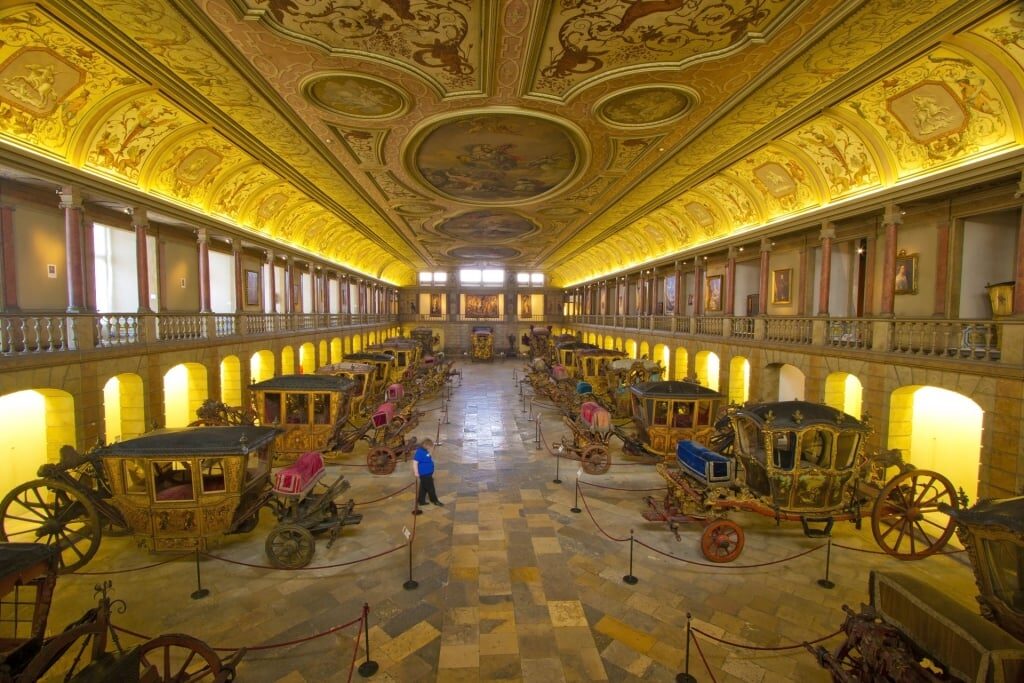
Museu Nacional dos Coches
At first glance, the National Coach Museum in Belém may appear relatively niche. However, this fascinating collection of horse-drawn carriages is one of the most popular museums in Lisbon for good reason.
Founded by Queen Amélia in 1905, the collection spans hundreds of years, with the oldest carriage dating from the 16th century. The Italian-made carriage of Pope Clement XI is particularly pompous. You’ll want to allow an hour or two to take in all the splendor.
Be sure to visit the museum’s original hall across the road from the larger and more modern facility. The previous main gallery displays only a tiny part of the collection. Yet, the elegant setting—the Palace of Belém’s former horse riding arena was once here—is a more befitting backdrop to the royal carriages.
Museu do Dinheiro
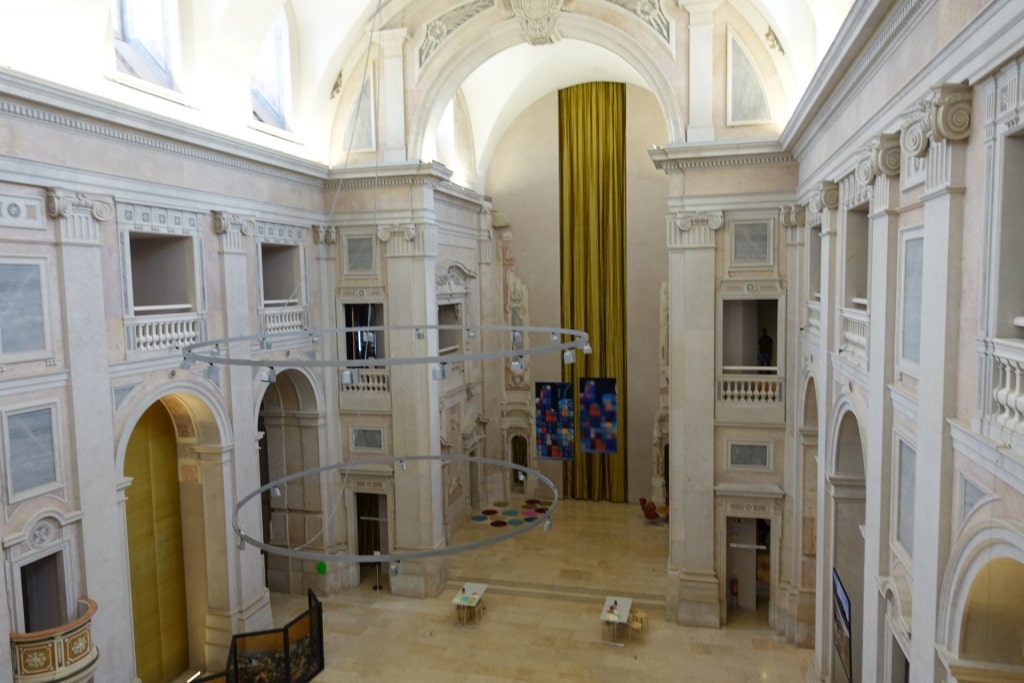
Museu do Dinheiro Photo by Joseolgon on Wikimedia Commons, licensed under CC BY-SA 4.0
Interactive and intriguing, Lisbon’s Museum of Money is home to some of the nation’s best treasures—and not just those of the currency kind.
Across the nine rooms highlighting Banco de Portugal’s permanent exhibition, you’ll embark on a monetary journey. Gold bars, rare coins, and Portugal’s pre-Euro currency the escudo all feature. Yet, what makes this one of the best museums in Lisbon is the national monument that lies beneath.
The museum occupies a deconsecrated church and inside the former crypt, you’ll find the only known remains of the city’s medieval walls constructed by King Dinis.
The compact interpretation center offers the chance to come face to face with the old stones, accompanied by a history lesson on the importance of this 13th-century waterfront-facing defense.
Read: Best Beaches in Lisbon
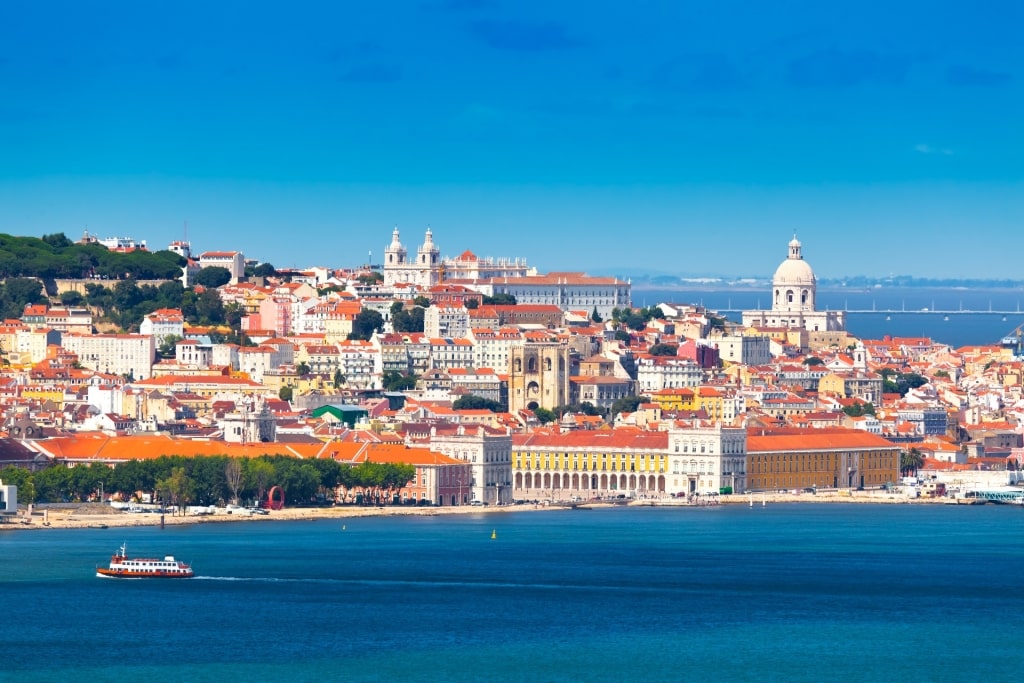
Lisbon
Eager to explore everything that Lisbon has to offer? Browse Celebrity’s cruises to Lisbon and start planning your next dream vacation.
